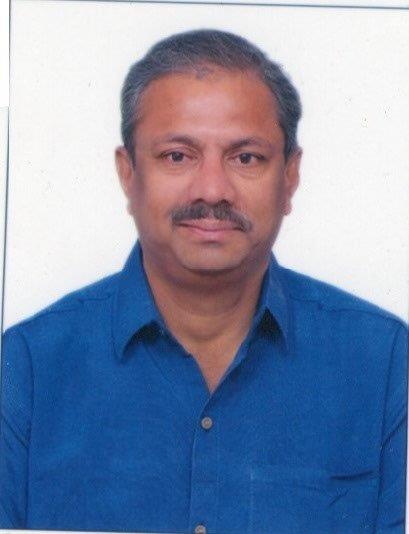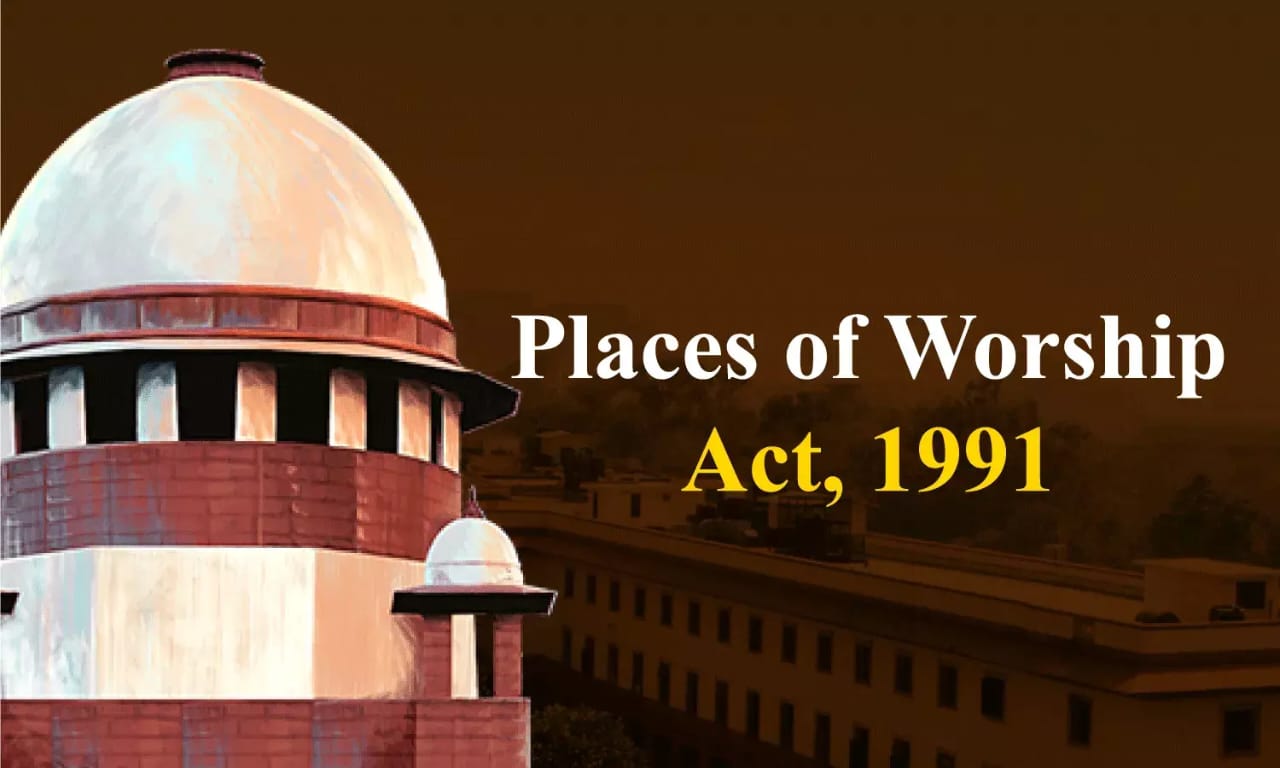On Tuesday, April 1, 2025, the Supreme Court refused to hear a fresh prayer challenging the legitimacy of a provision of the Places of Worship (Special Provisions) Act, 1991, which made it mandatory for the religious character of places of worship to be maintained as it existed on August 15, 1947, forbidding any modifications to their status after that date.
The petition, filed by law student Nitin Upadhyay, in particular, contested Section 4(2) of the Act, which prohibits legal proceedings aimed at altering the religious character of a place of worship.
Upadhyay maintained that this specification interferes with fundamental rights by inhibiting judicial remedies. Filed through lawyer Shweta Sinha, the plea stated that the law mandated the conservation and maintenance of the religious nature of places of worship without barring alterations in the “structure, edifice, construction, or building” in such places.
Details of the Case
The core of Upadhyay’s petition was the contention that Section 4(2) of the Places of Worship Act infringes on constitutional rights by inhibiting individuals from pursuing legal remedy to establish the original religious character of places of worship.
He insisted that the government’s action in passing the Places of Worship Act exceeded its authority by essentially preventing judicial remedy, which is integral to the Constitution. Upadhyay requested a pronouncement that Section 4(2) is unconstitutional for violating Articles 14 (equality before law), 21 (protection of life and personal liberty), 25 (freedom of conscience and free profession, practice, and propagation of religion), and 26 (freedom to manage religious affairs) of the Indian Constitution.
The Supreme Court’s View
At the time of the hearing, a bench consisting of Chief Justice Sanjiv Khanna and Justice Sanjay Kumar refused to accommodate a fresh petition by Upadhyay. The court observed that numerous petitions contesting the Places of Worship Act are already pending judgment.
Therefore, the bench gave Upadhyay the freedom to file an application in the current batch of cases. This approach is intended to prevent an abundance of lawsuits on the same issue of the Places of Worship Act and makes certain that all linked arguments are considered collectively.
The Supreme Court, through its order on December 12, 2024, effectively halted the proceedings in around 18 lawsuits filed by different Hindu parties that sought a survey to establish the original religious character of 10 mosques, which included the Shahi Idgah Masjid at Mathura, Gyanvapi at Varanasi, and Shahi Jama Masjid at Sambhal, where clashes led to the death of four people.
Possible Scenarios
The decision of the Supreme Court to combine the challenges to the Places of Worship Act into existing cases indicates an inclination for a thorough assessment of the Act’s constitutional authenticity. Several scenarios could arise from such a judicial process:
- Upholding the Act: The Court may decide that the Places of Worship Act is consistent with constitutional principles, stressing the significance of retaining communal harmony and the secular structure of the country by maintaining the status quo of religious places as of August 15, 1947
- Striking Down Provisions: Otherwise, the Court could determine that some specific provisions, such as Section 4(2) of the Places of Worship Act, is unconstitutional if they are considered to interfere with fundamental rights, especially the right to pursue judicial remedies.
- Amendments or Interpretations: The court might clarify the Places of Worship Act in a way that facilitates limited exceptions or address the legislature to modify specific provisions to balance the conservation of the religious character with the right to legal recourse.
The consequences will substantially influence the legal framework regulating religious places in India and could establish precedents for how historical injustices associated with places of worship are handled.
Conclusion
The handling of the plea related to the Places of Worship Act by the Supreme Court demonstrates a judicious and thoughtful approach to a sensitive and complicated issue. By incorporating new challenges into existing cases, the court intends to provide a comprehensive resolution that reflects all viewpoints. The outcome will have far-reaching consequences for the interpretation of constitutional rights in the context of maintaining the religious character of places of worship and preserving communal harmony in India.
About Author

Ananda Murthy JS is an English teacher in Hyderabad. His teaching experience spans more than 30 years, which includes his stint as an IGCSE teacher in the Maldives, lecturer in English for Intermediate students, writer and editor/language specialist, and IELTS, GRE and TOEFL trainer. He also provides English coaching to students appearing for CAT, IELTS, GRE and TOEFL privately in Hyderabad. Ananda has proficiency in editing SWOT analyses, market forecast and other reports, conducting Effective English sessions, and imparting training in Business English. He also write business blogs, key word dense articles and original articles on various topics.

